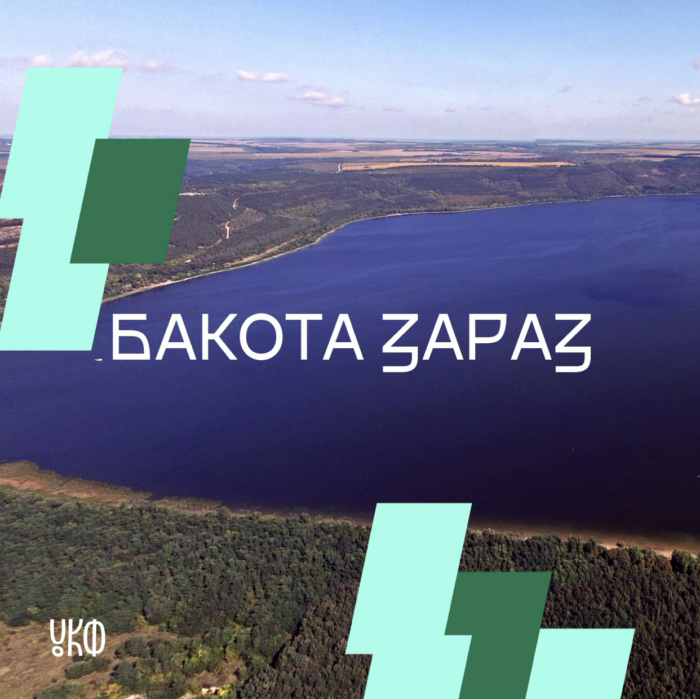Murals, exhibitions, 3D tours: the Bakota in Search of Submerged Heritage project

The Bakota in Search of Submerged Heritage project was launched in Ukraine. Its creators want to revive the centuries-old historical and cultural heritage of the Bakot region, which was destroyed by the Soviet authorities in the 1980s during the construction of the Dniester hydroelectric power station.
The project was created by the NGO “Cultural Club” with the support of the Ukrainian Cultural Foundation. The partners were the NGO Territory (Respublica Festival) and the Staroushytske Village Council.
Today, Bakota is the most popular tourist destination in Ukraine according to Google search results. However, most people are unaware of the tragic history of this region and the unique centuries-old culture that lies beneath the water, along with dozens of historic towns and villages.
Bacota is a large ancient city that was the capital of the Dniester Lowlands in the 12th and 13th centuries. During the times of Kyivan Rus, it served as a trading port on the Dniester, and in the era of the Galicia-Volyn principality it became the most important political and administrative center of Podillia. However, the history of the city ended in 1981. Back then, during the construction of the Novodnistrovska hydroelectric power station by the Soviet authorities, Bakota was completely flooded with water.
The cost of the reservoir was almost 30 flooded villages, 16,000 hectares of fertile land, 100 hectares of forest, many displaced residents, and most importantly, the unique centuries-old cultural heritage of the region.
The project “Bakota in Search of a Submerged Heritage” is especially relevant right now, when Ukraine’s culture is threatened by a hostile neighbor who wants to destroy it completely.
As part of the
of the project
created a number of cultural products and events, including:
- an interactive art object at the Bakota observation deck dedicated to the history and culture of the flooded villages in the region (stone blocks, each symbolizing 28 flooded villages, with a QR code with information about the history and culture of each village);
- an exhibition of artifacts found on the banks of the Dniester, Ushytsia, and Zhvan rivers and during an expedition to half-abandoned villages and communication with the local community (photographs of people, buildings, notebooks, household items);
- a virtual tour of the 12th-century Bakotsky Rock Monastery, which is the most famous tourist attraction in the region, a unique cultural heritage site and the oldest monument of cult underground buildings and the spread of Orthodoxy in Podillia, as well as a famous “place of power” to which psychics from all over the world make pilgrimages;
- a mural on the wall of Bakota Hub based on the works of local artist O. Hrena, who lived and worked in the region in the 1920s, created images of Podillia women in Bakota and was later repressed;
- a digital archive, namely, a website as a digital archive of Bakota’s cultural heritage with all cultural points on the map of the region included in the cultural and educational route, as well as a digital archive of folklore Bakota songs as objects of the region’s disappearing intangible cultural heritage that have not yet been recorded in any format, sung by local Bakota speakers. They are the last ones who remember them;
- an interactive exposition of the audio archive of Bakota folk songs in the Chabanivka Folk Museum on tablets. It consists of recorded songs and memories of Bakot immigrants about the life of villages before the flood, rituals and habits. The exhibition will also be presented online on the project’s website and the museum’s website;
- a new cultural and educational route with a list of all the cultural sites in the region both offline in the form of a tourist guide and online on the project website.
Photo: press service





